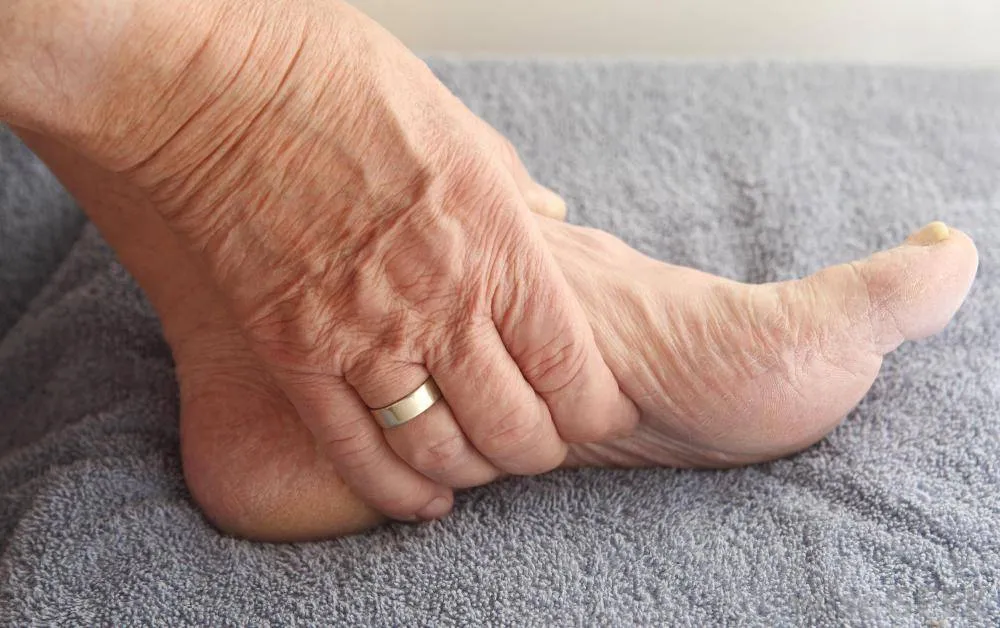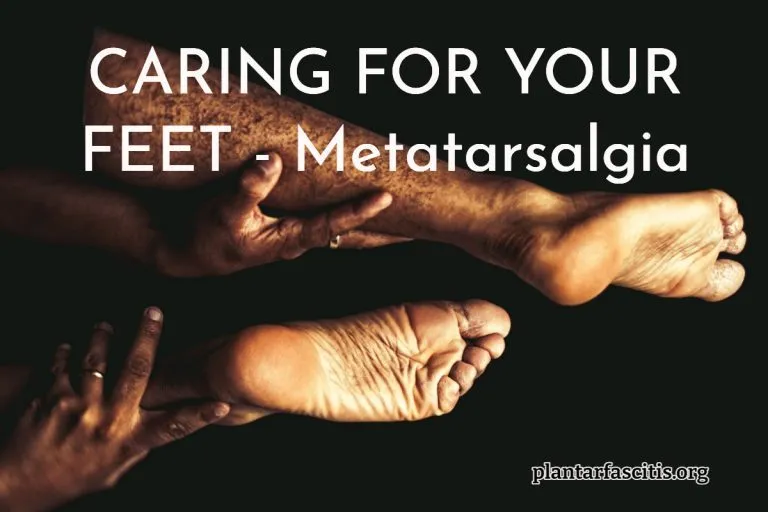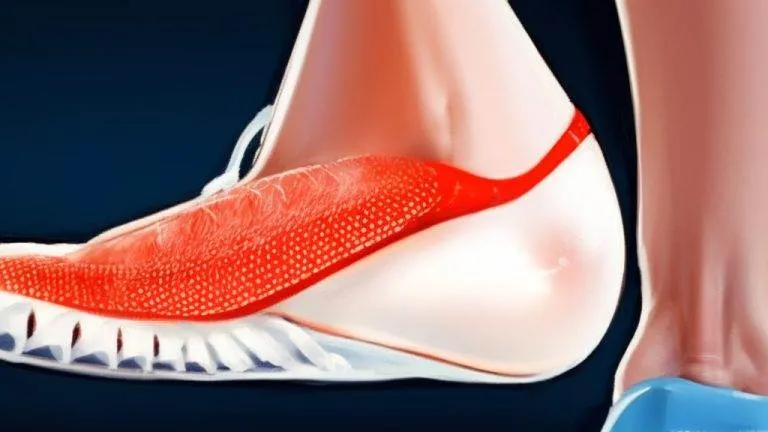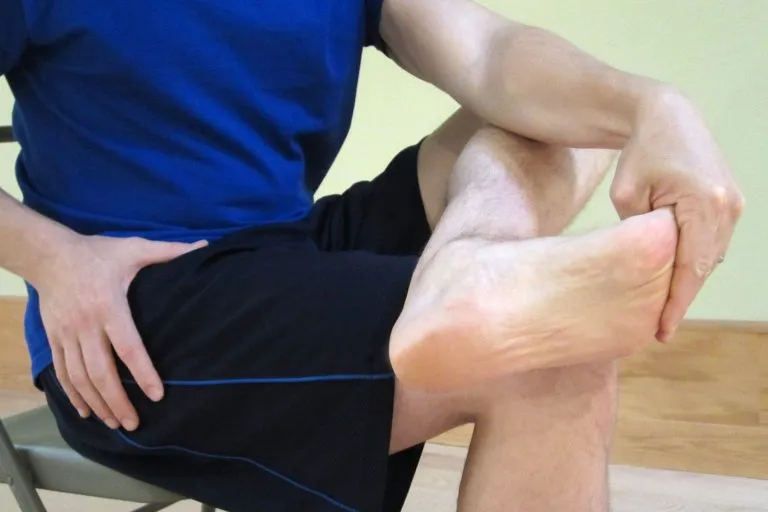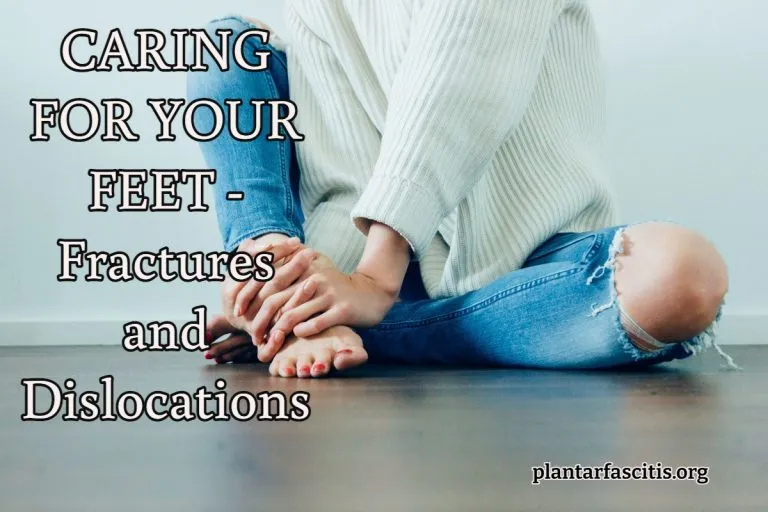Common Foot Problems in Older Adults
Common foot problems in older adults can be prevented by caring for the feet. Proper footwear and exercise are important to maintain good bone health. Also, proper diet and exercise can prevent or treat osteoporosis. Visiting a geriatrician can help you learn how to keep your feet healthy.
Improper footwear
Foot pathologies are common among older adults, and many of these problems are caused by inappropriate footwear. Improper footwear increases plantar pressure, which can cause pain, swelling, and discomfort. Though several factors may contribute to foot problems, research has indicated that improper footwear is a leading cause. Proper footwear can improve plantar pressure, facilitate balance, and reduce the risk of serious injury.
Older adults are especially vulnerable to foot injuries, especially if they have trouble walking or balancing. Several health hazards, including wet pavements and bad weather, may also lead to injuries. Footwear is also implicated in many common foot pathologies and is linked to a decline in physical activity and depression. Inappropriate footwear can lead to serious foot problems, and if the symptoms are not treated quickly, they can worsen.
Improper footwear also causes a variety of foot problems, including calluses. These hard tissue buildups develop on the bottom of the foot due to too much pressure and friction. Often, these are caused by improper footwear or wearing shoes without socks. Calluses can be treated by trimming off the hard tissue and wearing proper footwear to alleviate the pressure on the foot. Moreover, proper footwear helps prevent future buildup.
Improper footwear is one of the main causes of foot pain in older adults. Studies have shown that 63%-72% of people in the general population wear footwear that is too small or too large for them. This indicates that a larger emphasis must be placed on correct footwear fitting education and a large selection of shoes for all foot morphologies.
- FIND THE STRENGTH TO HEAL. Give comfort and support to your arches with Copper Compression Arch Support sleeves. These stretchy sleeves hug your foot right where you need the most attention, helping to relieve and prevent additional aches and pains. Commonly used by people suffering from fallen arches, flat feet, heel, toe, ball of foot or bunion pain, Tailor’s bunion, plantar fasciitis, plantar fascial fibromatosis or Ledderhose’s disease, arthritis, and heel spurs.
- BLACK AVAILABLE IN 2 SIZES. These foot sleeves can be worn by just about anyone, no matter how long or wide or narrow their feet are. Since they work by providing compression to the affected area, you also aren’t restricted by your kind of arch; flat feet, low arches, high arches, and even extra-high, all can benefit. They’re especially useful for athletes, overweight people struggling to be active again, workers on their feet all day, and even if you’re just recovering from foot surgery.
- COMFORTABLE FOR ALL-DAY WEAR. Wear these arch support braces as long as you need to, even if that means all day and at night, and while sleeping. The 4-way stretch material is thin enough you can wear them with socks or shoes and still be comfortable. There’s no scaling up period needed, though if you find them a little too tight your first week, a little time to get accustomed to them may be required. For those who need extra support, a padded version is available in black only.
- COPPER INFUSED FIBERS. The copper infused fabric is designed to wick away sweat, keeping your feet dry and cool. The infusion also means the copper won’t just wash away and will continue to function for the life of the product. These stretchy foot sleeve braces are easy to care for, just handwash with a gentle detergent and allow to air dry before using again.
- WHAT’S IN THE BOX: Each purchase includes 1 pair (2 sleeves).
Last update on 2025-11-20 / Affiliate links / Images from Amazon Product Advertising API
Diabetes
Diabetes affects the blood flow to the feet and can lead to infections. Poor blood flow may also lead to ulcers and gangrene. Because of this, diabetics should be particularly careful of their feet. They may not notice foreign objects in their shoes, which could cause painful infections and sores. If left untreated, foot ulcers may result in infection and even amputation.
Diabetics should have regular foot examinations to monitor their condition. If their feet become dry or cracked, they should moisturize them. It is also important to keep the feet clean and dry. They should also avoid wearing shoes with narrow toes and open toes. If they develop problems, they should visit a podiatrist and check their feet. Diabetic foot problems should be treated as quickly as possible to avoid long-term complications like ulcers and gangrene.
If diabetes-related foot pain is your problem, a healthcare provider can prescribe medication to relieve the pain. However, it is not recommended as the first treatment for diabetic foot pain. Another option is to try nonprescription medications. Over-the-counter medications do not work as well as prescription medications and can have side effects.
Diabetic foot ulcers can lead to infection and spread to other body parts. In severe cases, this infection can lead to gangrene, which is tissue death and often requires amputation. Infections and poor circulation of the feet can also affect the underlying structures of the foot and change the foot shape.
Achilles tendonitis
While a simple physical exam can help diagnose and treat the problem, more serious cases may require surgery. Physical therapy can also help alleviate the symptoms. Physical therapy focuses on strengthening and stretching the Achilles tendon. If non-surgical treatments fail to alleviate the symptoms, patients may consider surgery to repair the Achilles tendon.
Symptoms and treatment depend on the type of Achilles tendon problem. Treatment options include rest, ice, compression, and physical therapy. Stretching and icing the affected tendon can help reduce swelling and pain and allow patients to continue their athletic training. However, patients should avoid prolonged icing because it can lead to frostbite.
Patients suffering from Achilles tendinitis often experience mild aching in the heel area, which becomes more severe after physical activity. Some may also experience stiffness or a bump on the heel. Some sufferers’ pain may persist for hours or even days. Pain may also increase during fast running or climbing stairs. If the condition is severe, it may lead to a ruptured tendon.
Achilles tendonitis occurs when the connective tissue in the foot is overstretched. Runners and athletes are especially susceptible to this condition. It can also affect older individuals with flat feet or arthritis. While conservative treatments can help, in some severe cases, surgery may be necessary to relieve the pain and heal the tendon.
Plantar fasciitis
Often associated with aging, plantar fasciitis is a foot condition when the ligament in the plantar fascia becomes damaged. This can happen from repetitive injury or overuse. Patients usually experience heel pain. The pain is most noticeable when waking up or sitting for long periods. Fortunately, there are several treatment options available. Proper posture and gait analysis can help identify underlying problems contributing to the pain.
Proper footwear is crucial in the management of foot pain in older adults. Studies have shown that approximately one-third of older people wear either too small or too narrow shoes. This may be due to fashion influences or the limited availability of footwear. Furthermore, if shoes are not the right length and width, it can alter the foot’s shape. Older people who wear shoes significantly narrower or shorter than their feet are more likely to develop corns on their toes or lesser toe deformity.
Patients with plantar fasciitis typically experience pain in the heel region, but it can affect any part of the plantar fascia. Symptoms are typically worse when first bearing weight in the morning and improve throughout the day. Treatment options include stretching the plantar fascia and changing footwear. Treatments may also include corticosteroid injections.
- Get your feet back: O’Keeffe’s Healthy Feet is a concentrated foot cream that heals, relieves and repairs extremely dry, cracked feet; From the #1 foot cream brand in America*
- Guaranteed relief for extremely dry feet: Creates a protective layer on the skin’s surface, locking in moisture to keep even the driest, cracked feet feeling hydrated and healthy
- Hard working foot care: Intense but soothing, our moisturizing cream instantly boosts and retains moisture levels for long term foot care
- Recommended use: Apply the exfoliating foot cream at bedtime and after bathing, as these are known to be the most effective times for moisturizing extremely cracked, dry feet
- Hypoallergenic: O’Keeffe’s for Healthy Feet is unscented, non-greasy and safe for people with diabetes; Our 3.2 ounce jar is an ideal travel size so you can take your comfort on the go
Last update on 2025-11-21 / Affiliate links / Images from Amazon Product Advertising API
Brittle nails
Brittle nails can signify various conditions, including infection, injury, or underlying conditions. People with brittle nails should see their GP for further advice. Other causes of brittle nails include aging and exposure to chemicals. Proper nails can prevent brittleness and maintain a healthy nail layer.
Older adults are especially prone to this problem. They often lack the finger dexterity required to trim their nails correctly, resulting in thick, brittle nails. Additionally, aging increases the risk of fungal infections. Regardless of the cause, keeping your feet clean is important, wearing proper footwear, and using hand protection, especially if you work outside.
An infection of the nails can cause brittle nails called onychomycosis. This is more common in older adults and accounts for 50% of all nail infections. Risk factors for infection include age, male sex, smoking, and underlying medical conditions. This infection is often accompanied by a loss of translucency in the nail plate and pain. In some cases, the infection can be complicated by other conditions, such as distal onycholysis, subungual hemorrhage, or ulceration.
Some people experience brittle nails due to the medications they take. If you are experiencing these symptoms, seek medical attention. This condition can cause pain and lead to other problems, including amputation.
Dry skin
Dry skin on the feet can be uncomfortable and hard to treat. A podiatrist can help you with foot care. They will examine your feet and take your medical history. They will also look at how you walk and how your shoes fit. They may recommend different shoes or add extra padding to prevent the buildup of calluses. A podiatrist can remove the thick dead skin for larger calluses or corns, which is painless and often effective.
It is important to clean your feet daily and use moisturizer. However, you should avoid applying moisturizer between your toes. Also, cut your nails straight across to prevent ingrown toenails. If your nails are too long, trim them with clippers to keep them even.
Dry skin is a common problem among older adults. The main cause is a loss of oil glands. It can also signify other diseases, such as kidney or liver disease. Moreover, dry skin is a precursor to pre-cancers and skin cancers. In fact, many Americans will have some form of skin cancer by age 65. The condition also leads to age spots. They are brown patches that appear on exposed areas of the body.
Certain medications can also cause dry skin. Some may make the skin itch, which can lead to infections. However, the best treatment for dry skin is to use moisturizers regularly. This will prevent the skin from becoming overly dry and cracked. The moisturizers should also contain ingredients that lock in moisture rather than dehydrating it.

